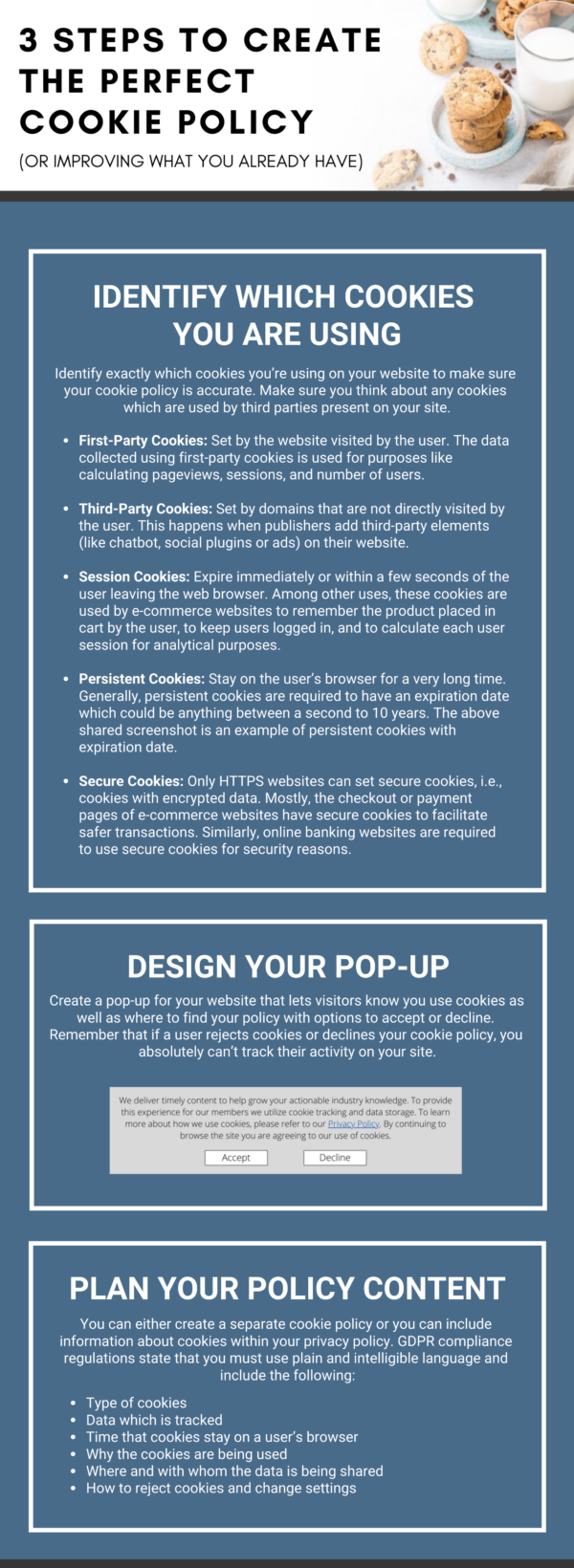 By Luke Weigel, lweigel@lessitermedia.com
By Luke Weigel, lweigel@lessitermedia.com
Marketing Manager, Lessiter Media
As a kid, having a 'cookie policy' this time of year meant something along the lines of decorating sugar cookies and leaving a plate out for Santa... and sneaking a few for yourself. But as an adult, it takes on a much different meaning, especially when living in the constantly evolving digital age of the 2000s.
Back in 2018, the European Union (EU) passed a piece of legislature called the General Data Protection Regulation (GDPR). The goal of this regulation is to 1) protect the rights of users in regards to their data, 2) ensure that data privacy laws keep up with the ever-changing landscape of technology, and 3) create a unified and consistent legislation across the EU.
While it was developed to provide protection for citizens of European countries, it quickly became clear that the GDPR would travel outside the borders of Europe and compliance would be expected from any company — even if they operate outside the EU — that has digital interactions with European citizens. Fast-forward to today, and we are greeted with a message similar to this on virtually every website we visit:

Which brings me back to the 'cookies' that are referenced in almost every privacy policy agreement you likely encounter on a daily basis. If it's not chocolate chip or gingerbread, what is this type of cookie? PrivacyPolicies.com explains it like this: A web cookie is a small text file stored on your hard drive by web pages you visit that are then used to identify you — without revealing any personal information — to a website.
They don't come without some controversy, as not everyone likes to be tracked and followed around the internet. Some web browsers have even installed default cookie blockers, but Google Chrome, which has about 65% of global web browser market share, has delayed this until at least 2023, meaning cookie tracking is still very much alive and well. Web cookies are a key driver in being able to setup and execute successful retargeting campaigns that should be a key ingredient in your marketing plans.
I've compiled a few steps to help you create a — or revise your existing — cookie policy to be sure you're following the GDPR guidelines and have proper messaging in place on your website.

Source: SmallBusiness.co.uk


